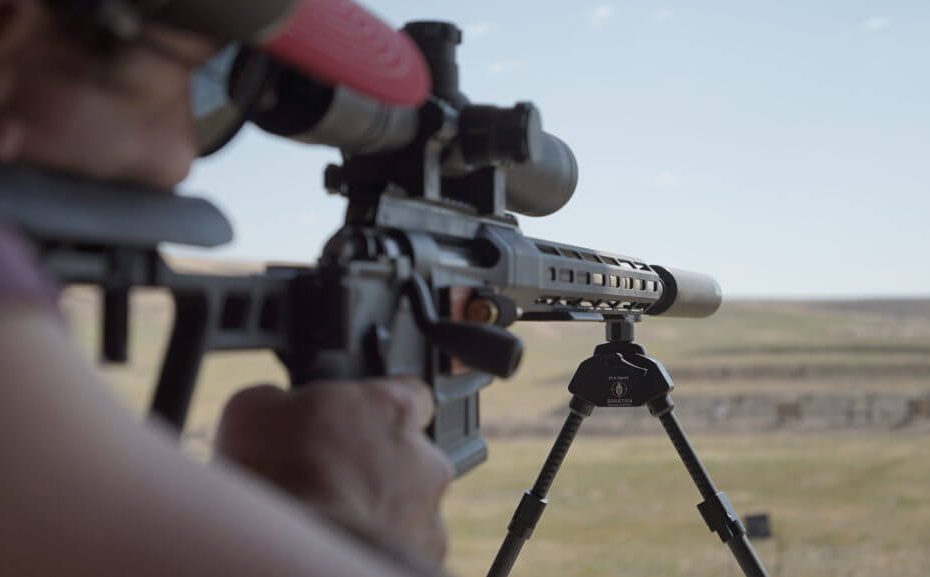Estimated reading time: 9 minutes
Read Part Two: Never Miss Again Part II: Battle Mount Your Scope
Some of the greatest minds in America are working on high-level physics to improve ballistic coefficients through advanced bullet geometry, metallurgy in terminal performance, high-speed fluid dynamics, and increasing conflagration outputs as propellants move from solid to plasma to gas. They grapple with effects like spin drift, aerodynamic jump, and density altitude variance at the max ordinance. New cartridges boasting modest gains in muzzle velocity trickle from the wildcat reloader’s bench to shooting competitions and eventually onto gun shop shelves and then into the woods. Absolutely none of this matters if we can’t hold the rifle steady.
Table of contents
With practice, we can take sufficiently precise shots from standing, kneeling, sitting, and prone positions without the use of supports. However, with a support, we can stabilize the rifle, keep the reticle on the target, press the trigger, and follow through in a way that allows us to observe the impact of the shot on the target in a way that cannot be bested by unsupported positions. I’m going to walk you through the tools I use to keep a rifle steady while my heart is beating like a diesel engine when a bull elk walks out of timber and pauses broadside on the edge of a canyon.
Bipods Stabilize Excellently
The steadiest option is always going to that which is closest to the ground. That means you will be using a bipod. This provides three points of contact between the rifle and the ground (the shooter is the third), which can be made steady on any terrain. I have backtracked 100 yards to find a position where I can take a prone shot. Steadiness is more important than closeness in some scenarios.
One of the primary reasons I hunt with this particular bipod is because I don’t want a bipod connected to my rifle all the time. It makes the gun heavier, makes it harder to put in or on a pack, and catches on brush and limbs. The Spartan bipod is small enough for me to put in my pocket or bino harness so it’s out of the way until I need to use it. I have used these bipods through several generations, and to be honest, I didn’t like them for years. The Pro Hunt Tac model, with its locking legs, is the perfect hunting bipod for what I do because it’s light, easily attached or removed, and has excellent stiffness in the legs which holds the rifle as steady as a swan on a pond. I don’t hunt big game without one.
The Pro Hunt Tac
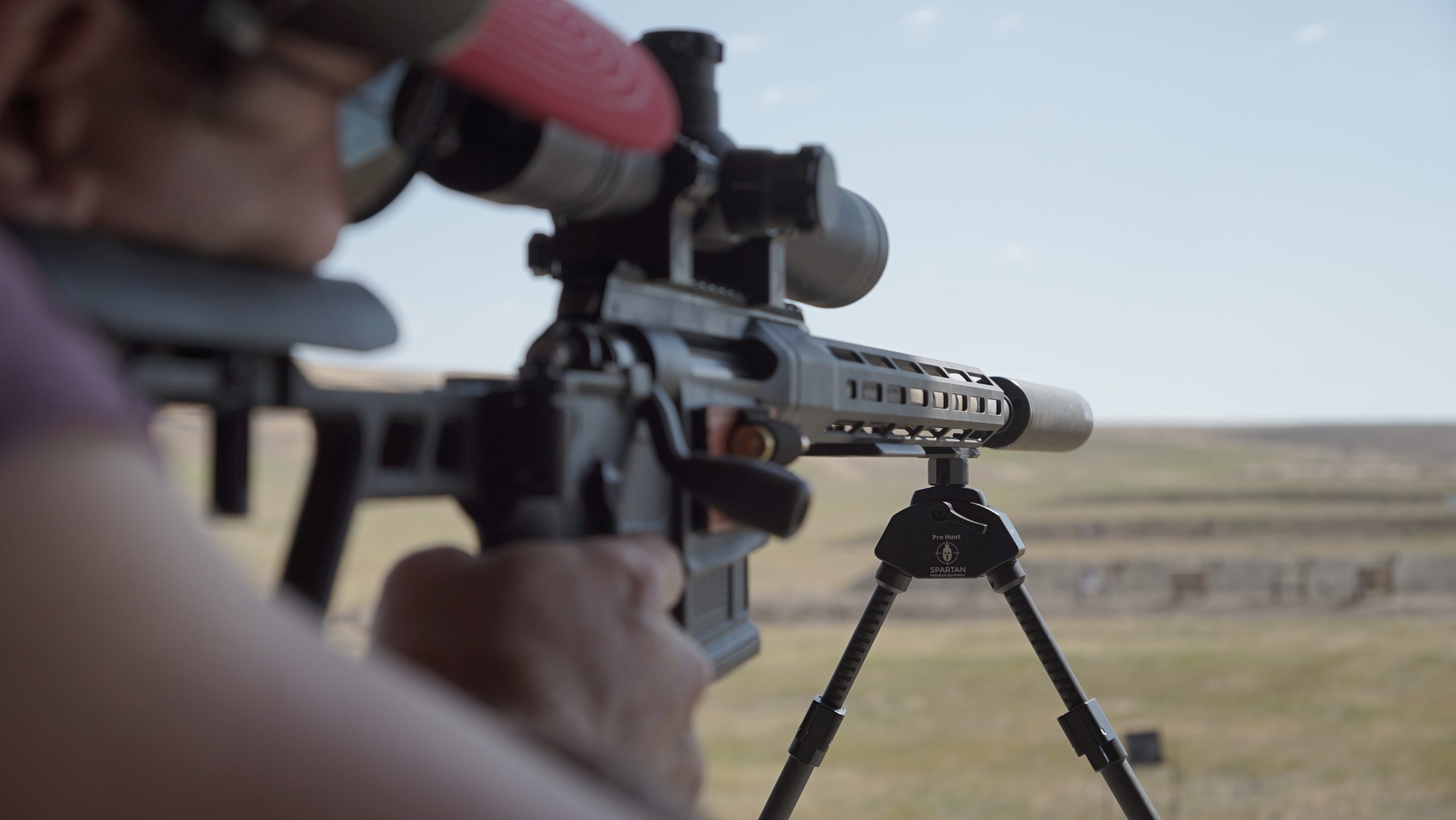
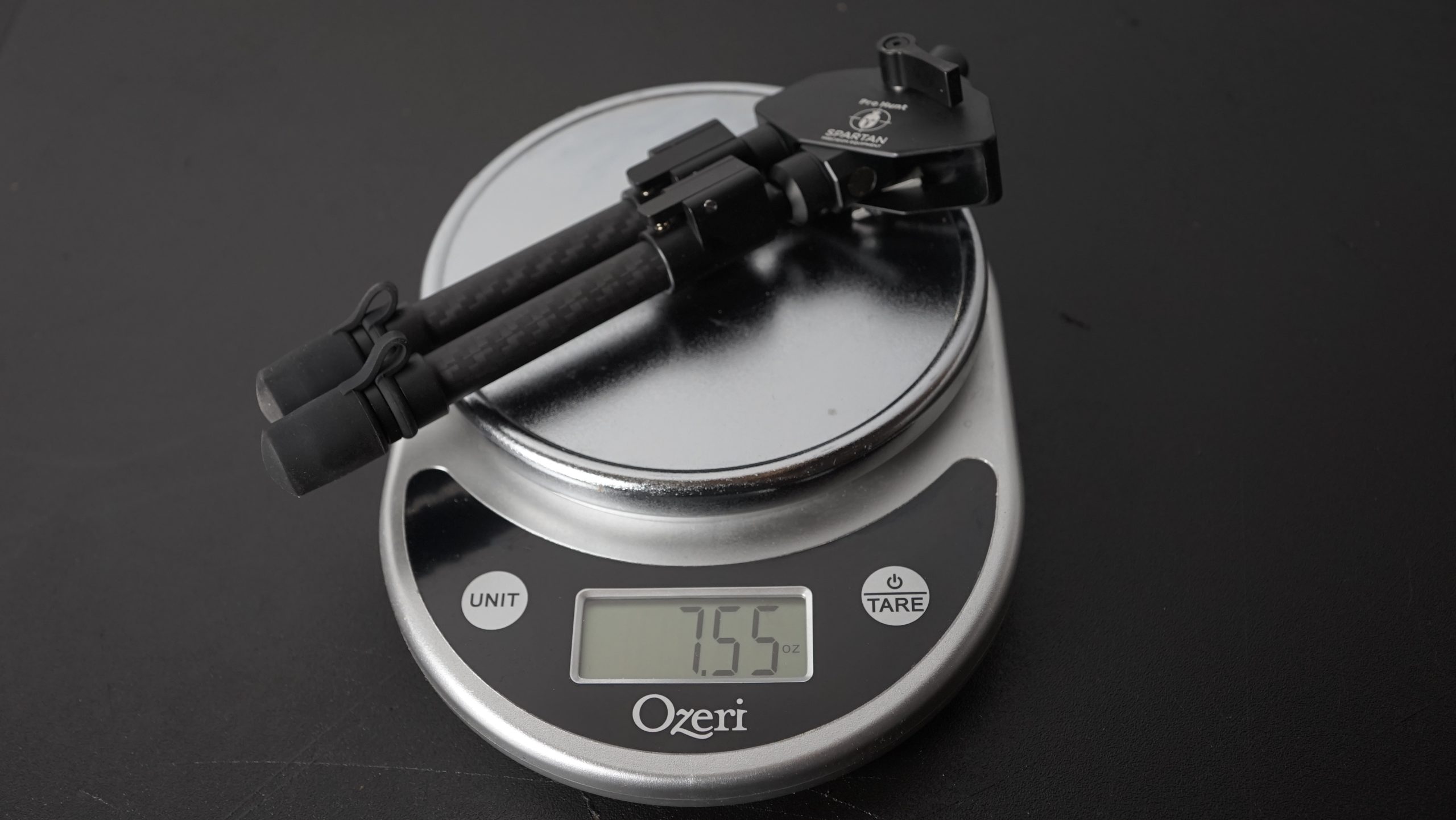
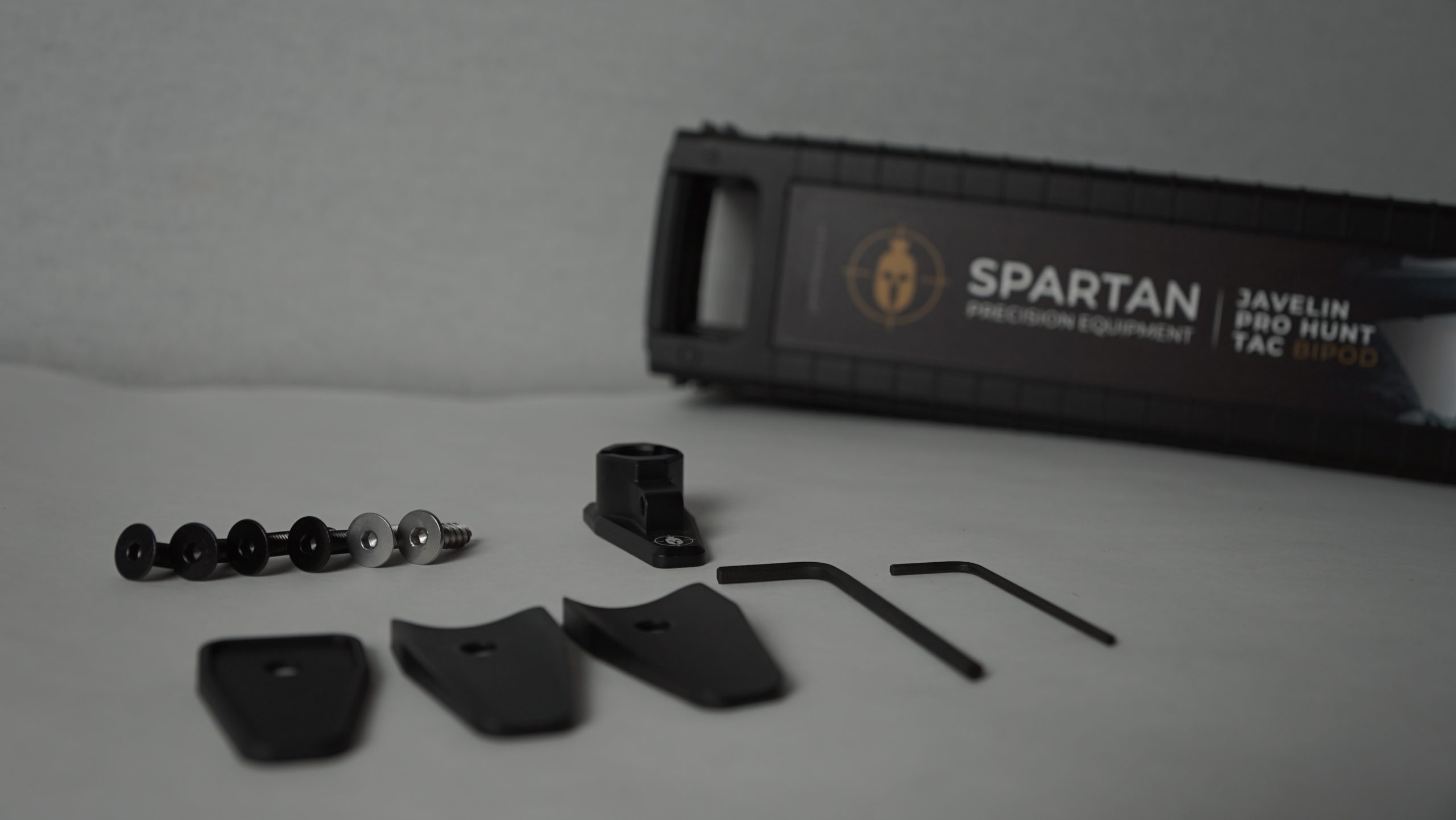
My First Bipod
25 years ago the first bipod I ever shot had three telescoping legs, several springs, and made an awful mechanical noise anytime I deployed it. You also had to be careful when you shortened the legs or it would smash the end of your thumb. The good old days. I had ordered the tallest bipod in the Cabela’s catalog so I could shoot sitting with it as well. In classic fashion, it was too tall to shoot prone and too short to shoot sitting. The problem I was running into was that if I tried to shoot lying down there was usually grass in my way which obstructed my view and would cause bullet deflection if I tried to shoot through it. I needed elevation, but didn’t want to give up the stability. Along came tripods.
READ MORE: ODIN Works Supports Your Rifle With New Products — SHOT Show 2023
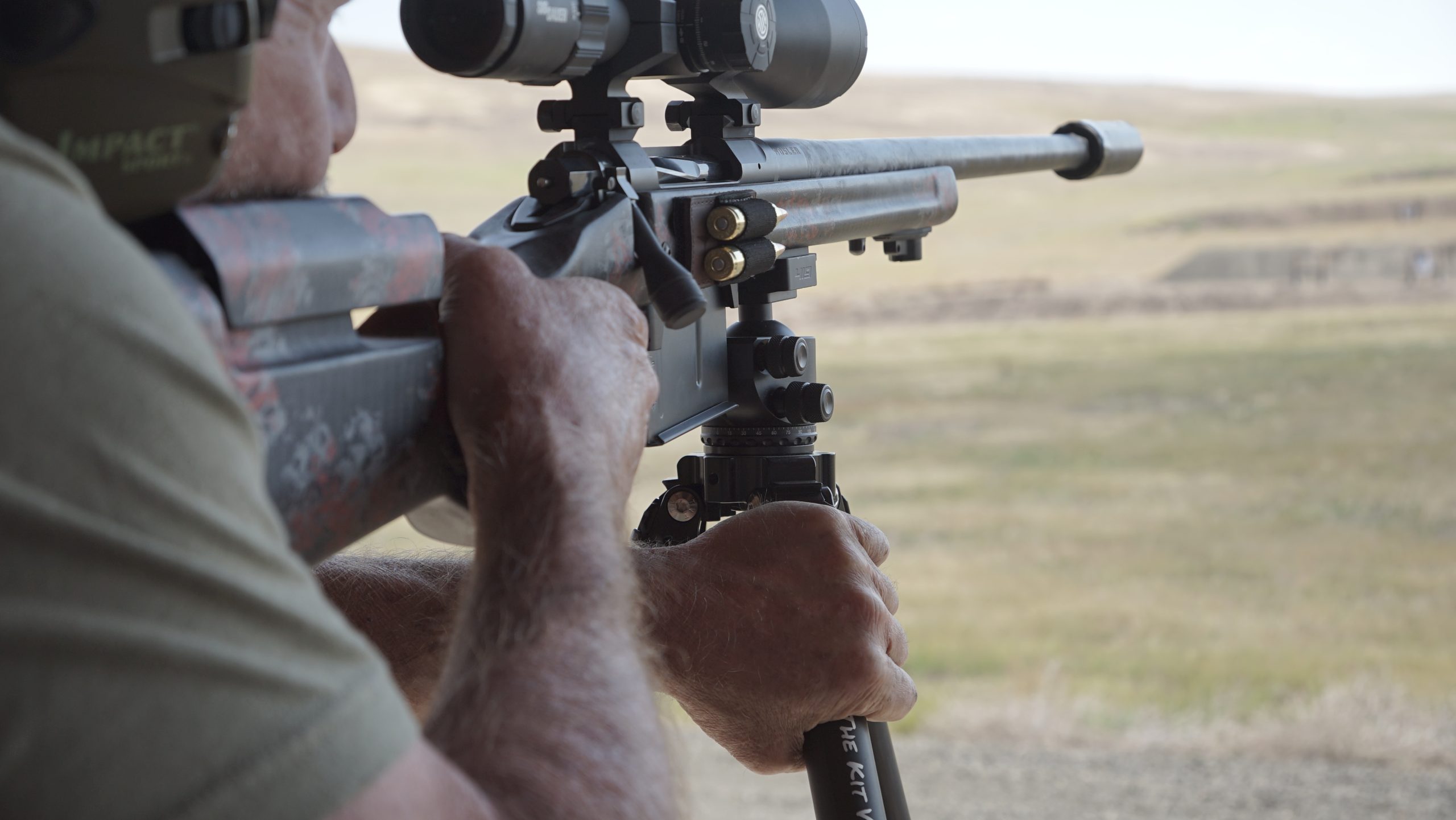
Enter: Tripods

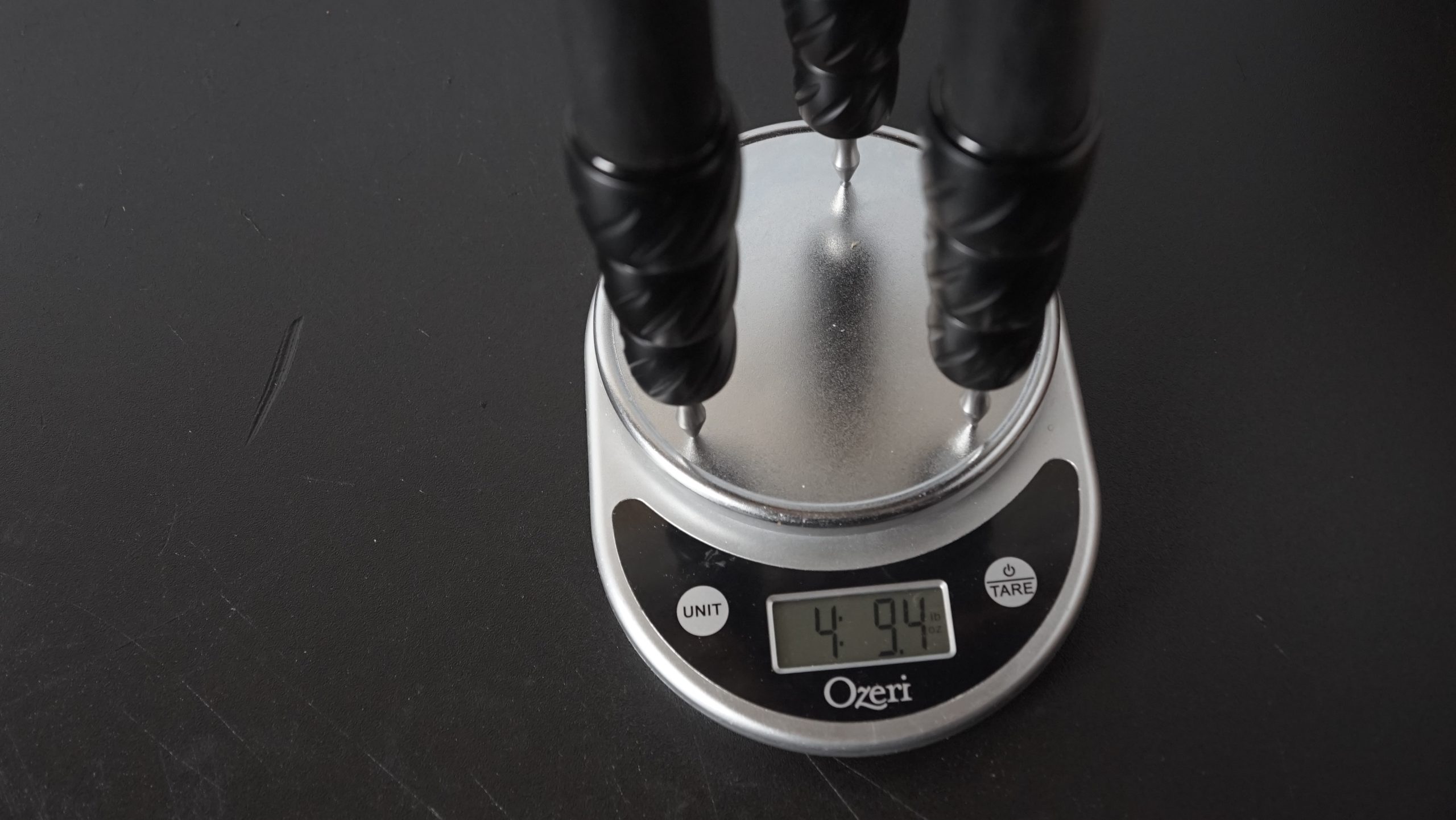
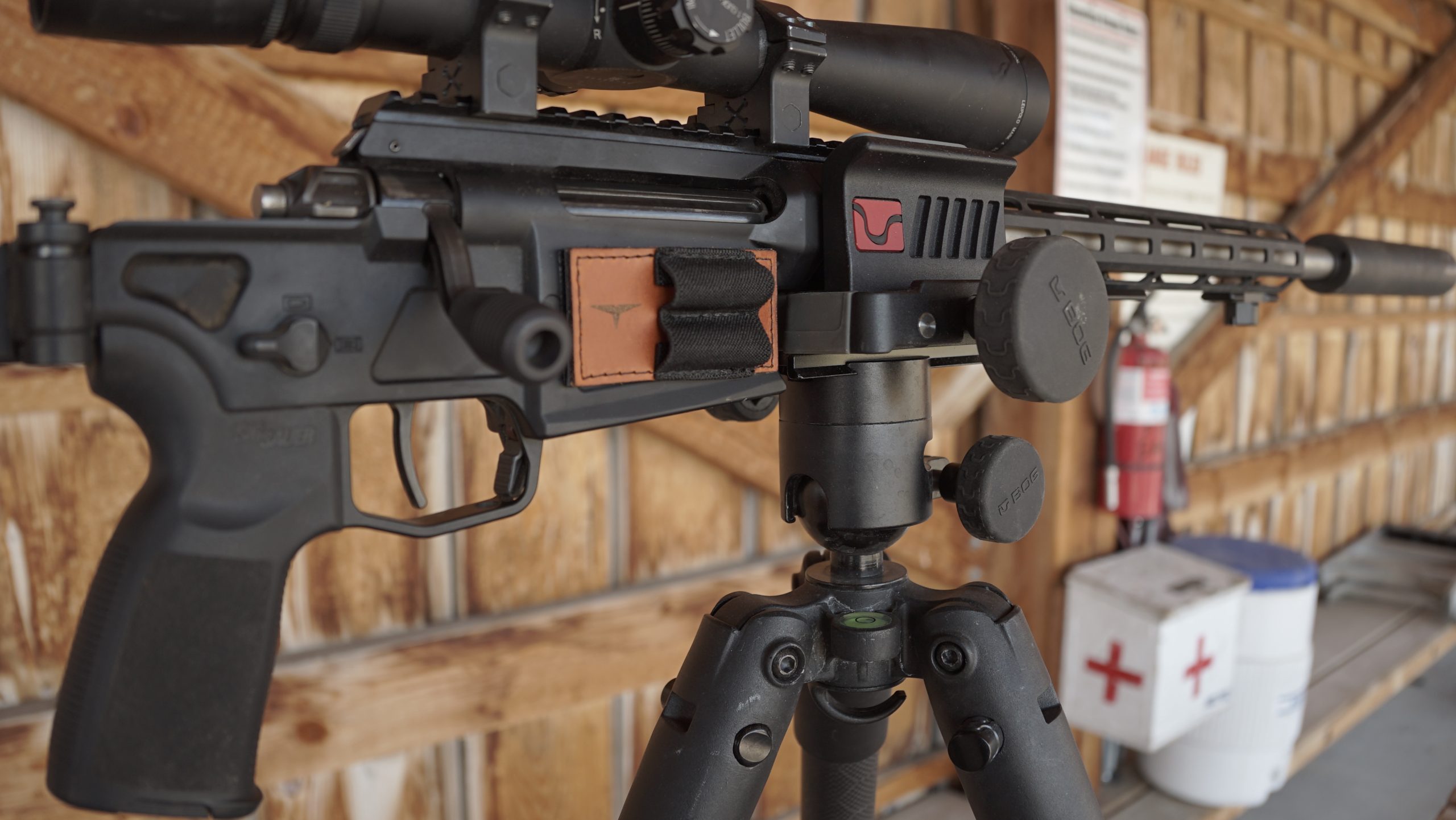
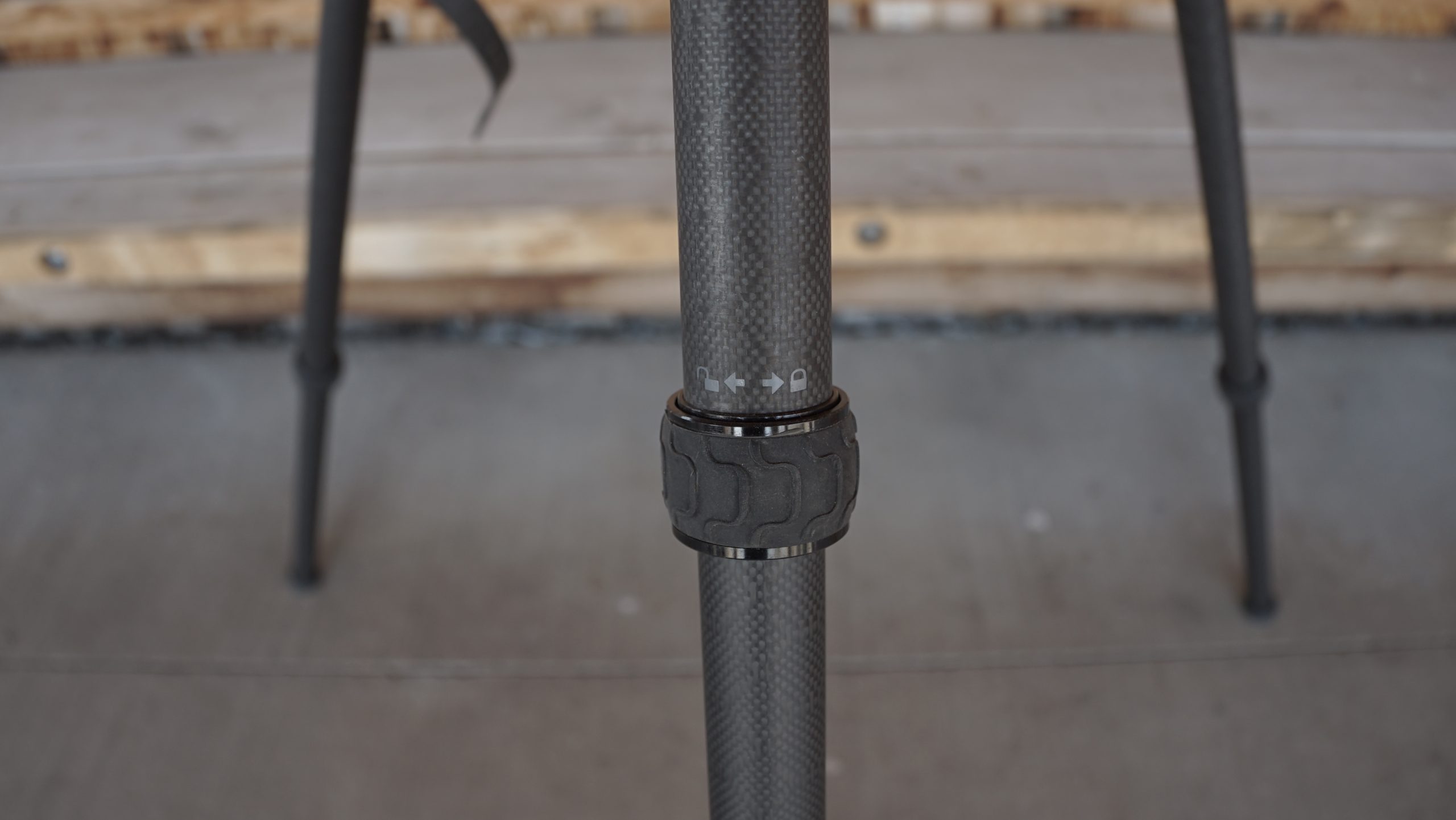

Shooting Bags Can Stabilize Too
The unsung hero of support is the humble shooting bag. This is not a complicated tool. It’s a bag made from cordura, waxed canvas, or the bottom of an old pant leg filled with small foam beads, sand, cracked corn, etc. They come in all shapes and sizes ranging from an adult-size bean bag to something that would fit in an empty can of noodle soup. The job of a shooting bag is to conform to the ground on one side and to the rifle on the other. They can be used to rest the forend of the rifle or the stock. On the bench or in the prone, a shooter’s support hand squeezes the bag to change the elevation of the muzzle.
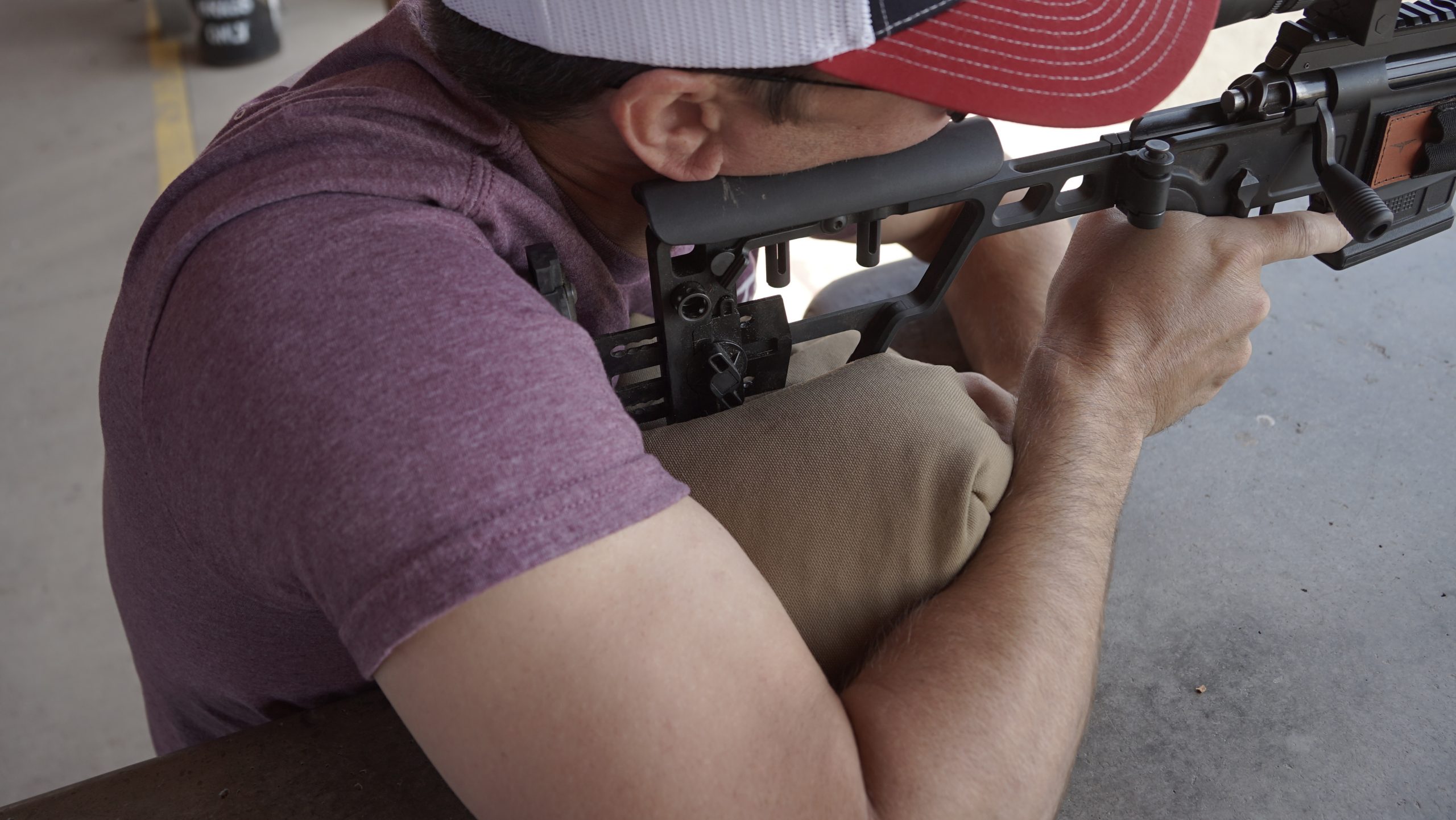
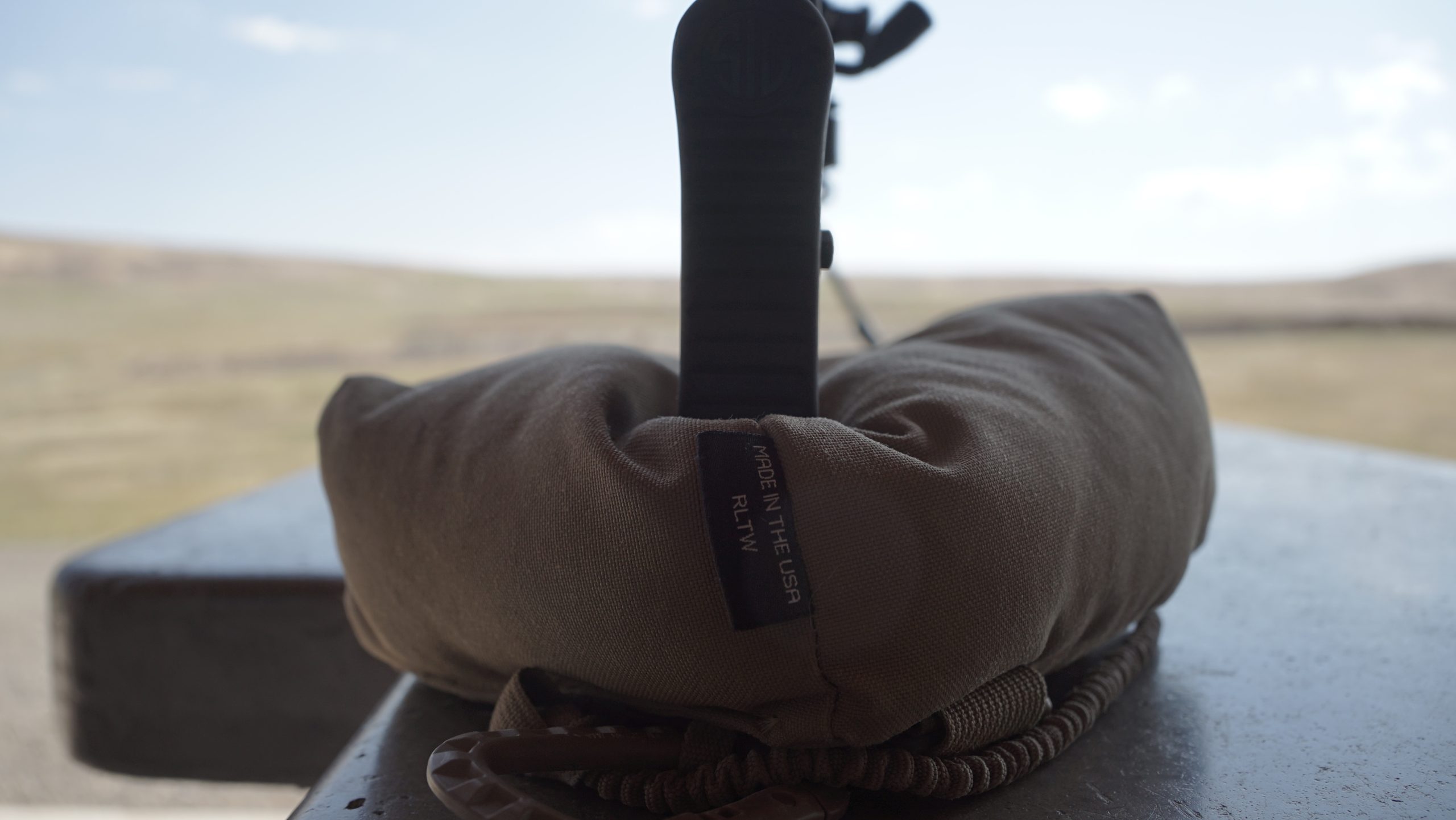
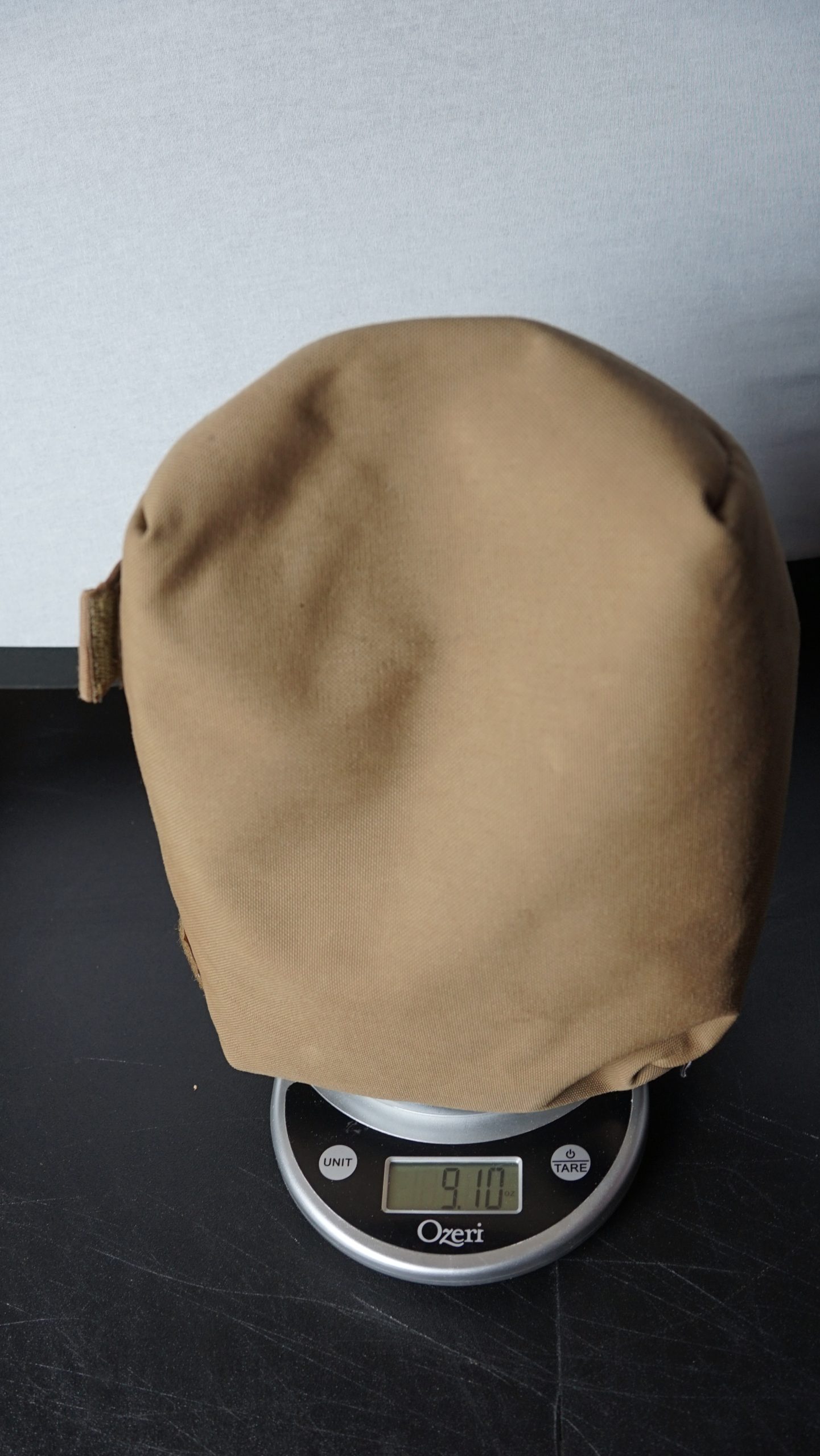

Conclusion
With a good bipod, tripod and shooting bag you can get creative and build a steady shooting position quickly anywhere. Over 90% of the shots I have taken on big game animals in the past six years have been from a tripod. If you intend to never miss again, you’ll need to find a way to keep your rifle steady as you press the trigger. These are the tools I use.
